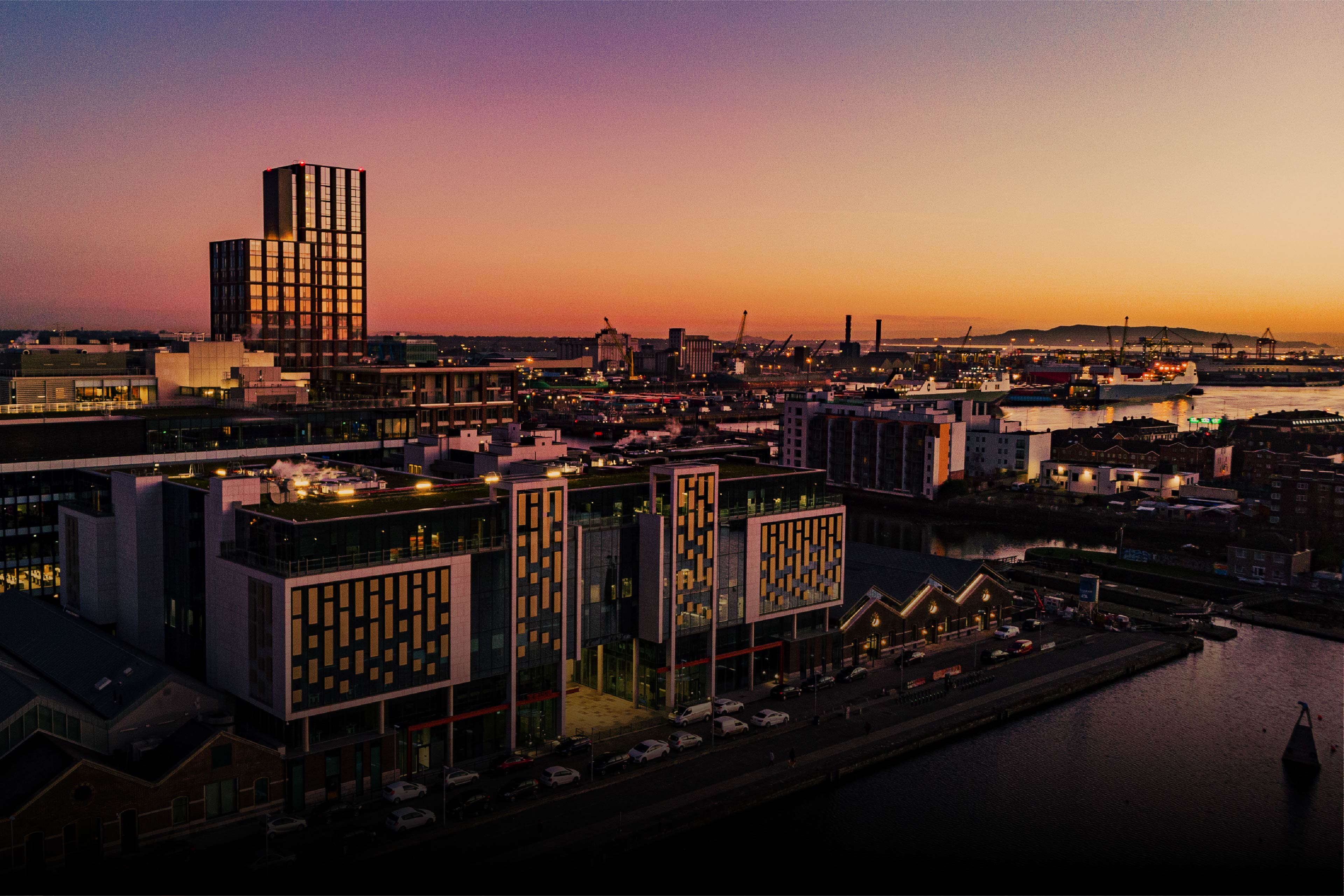Sectoral Focus
One of the most competitive sectors for non-bank lenders in the Irish market revolves around commercial property investment opportunities for prime and core asset classes, where the capital stack predominately comprises senior debt. Total investment turnover reached over €1.2bn in Q2 2022. A sample of active participants in this space includes Timbercreek Ireland, Origin Capital, Cardinal Capital Group, Finance Ireland, Capitalflow, BentallGreenOak, Pimco, Alpha Real and Fairfield.
The Real Estate Development Finance market also has several active participants with an appetite for a range of debt sizes. Prominent participants include Castlehaven Finance, Activate Capital, Home Building Finance Ireland (“HBFI”), Initiative Ireland, Property Bridges and Ardcairn Capital. This is a non-exhaustive list of non-bank lenders who have been playing a key role in fulfilling the debt requirements along with the two pillar Banks, AIB and Bank of Ireland.
Positivity towards real estate investment and funding in Ireland is evident through significant market transactions such as the sale of Hibernia REIT to Brookfield Asset Management for €1.1bn in Q2 2022 together with Blackstone's recent acquisition of Salesforce's new European Headquarters in Dublin Docklands for more than €500m. Colliers have noted the total spend on commercial property-related deals was over €3.2bn in H1 2022, exceeding the €2.7bn invested during the same period in 2021. For the avoidance of doubt, these figures include REIT sales as well as standard property transactions. Furthermore, the hospitality sector has also experienced high level of transaction volume, with sales in the amount of €137m for H1 2022 comprising 8 trades.
Importance of Institutional Investors
The role of the Institutional Investors in Ireland continues to be of prime importance. High-profile domestic and international investors such as Urbeo, DWS, Real IS, Patrizia, Sonbrook, Eagle Street, Union Investment, KanAm and Irish Life have been active in Ireland over the past 12 months. European funds from France and Germany, including Sodify and Iroko Zen invested €210m in Ireland during Q2 2022, across 8 transactions.
There is a considerable amount of domestic and international institutional capital targeting both public and private sector opportunities in Ireland, with a huge diversity of capital sources focussing on the real estate sector in particular. Forward sale commitments from institutional investors are now considered to be driving apartment development, particularly in the Dublin area. This demonstrates confidence in the long-term trajectory of the Irish economy and real estate market. Capital continues to be deployed in asset classes such as multi-family, student accommodation, offices, industrial and hotels as they have proven ability to withstand economic pressures by providing stable, contracted yields. The below figures taken from CBRE’s Ireland Investment and Funding Report Q1 2022 show Ireland’s prime yields in each of these sectors:









